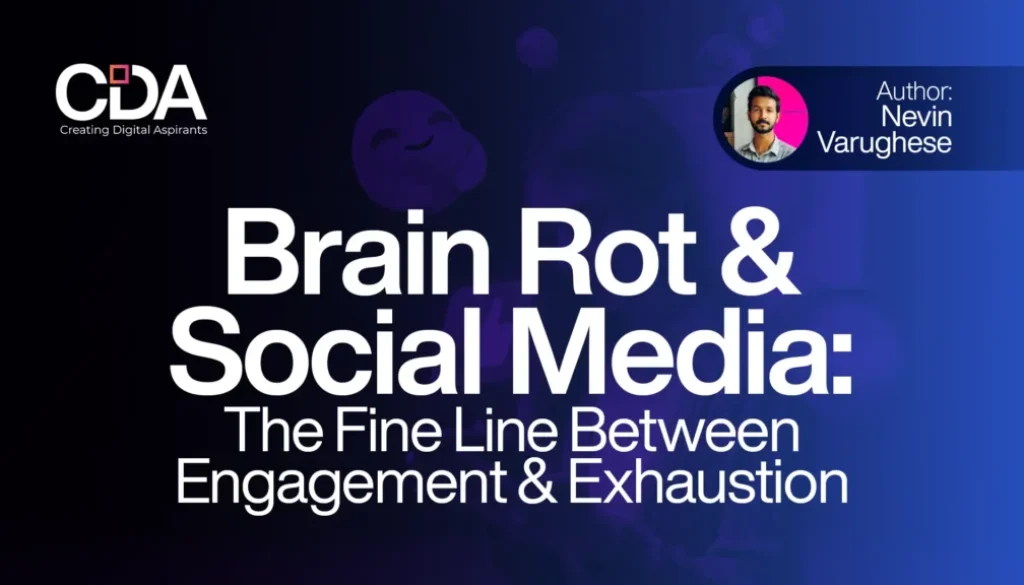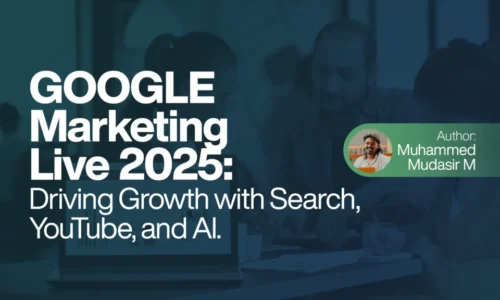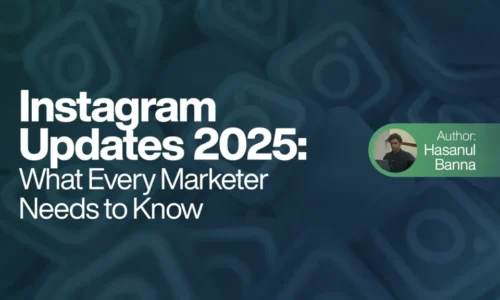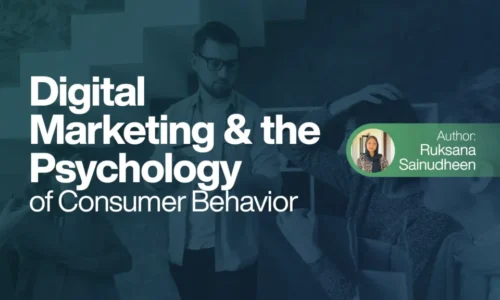Brain Rot and Social Media: The Fine Line Between Engagement and Exhaustion
These days, social media has become a big part of our lives—it’s a way to stay connected, but it can also feel overwhelming and hard to navigate. Brands, individuals, and communities rely on it for engagement, connection, and visibility. Yet, as users spend more time scrolling through feeds, a pressing issue has surfaced: brain rot—a term encapsulating the cognitive fatigue and mental exhaustion caused by overexposure to low-value or overwhelming content.
Table of Contents
Understanding the Risks of Brain Rot in Social Media
1. Cognitive Overload
Each day, the average social media user comes across thousands of posts while browsing their feed. When bombarded with repetitive, shallow, or irrelevant content, the brain struggles to process and prioritize. This leads to cognitive fatigue, often mistaken for lack of interest.
- Key Insight: Brands must understand that excessive posting or poor-quality content risks overwhelming users, pushing them toward disengagement.
2. Emotional Fatigue
From attention-grabbing headlines to emotionally charged stories, many social platforms thrive on evoking strong reactions. However, prolonged exposure to emotionally draining content can result in desensitization or burnout.
- Key Insight: Users value authenticity and balance. Overloading them with dramatic or emotionally manipulative content erodes trust.
3. The Decline of Attention Spans
Studies show that human attention spans are shrinking, with users spending an average of 8 seconds deciding whether to engage with a post. Low-value content wastes this precious window, increasing frustration and reducing engagement rates.
The Role of Social Media Marketers: Crafting Meaningful Engagement
1. Prioritize Value Over Volume
While consistency is important, flooding users with posts is counterproductive. High-quality content tailored to audience needs resonates more deeply than a barrage of generic updates.
- Actionable Tip: Conduct audience research to identify their pain points, interests, and preferences. Use these insights to create content that educates, entertains, or inspires.
2. Leverage Micro-Moments Effectively
Micro-moments—brief windows where users seek specific information—are pivotal for engagement. Brands that address these moments with precision gain trust and attention.
- Example: A fitness brand might create short, actionable reels about quick home workouts, aligning with users’ immediate needs.
3. Design Content for Scannability
Given the limited time users spend on posts, clear and visually appealing content increases retention and interaction.
- Actionable Tip: Use bold headlines, bullet points, and infographics to convey key points quickly. A visually compelling feed keeps users engaged without overwhelming them.
4. Encourage Interactive Engagement
Interactive content, such as polls, quizzes, and question boxes, not only increases engagement but also gives users a sense of control and involvement.
Example: A skincare brand could run an Instagram poll asking users about their primary skin concerns, then share tips based on the results.
Strategies to Avoid Exhausting Your Audience
1. Respect the User’s Time
Be intentional with every post. Ask yourself: Does this content provide value? If the answer is no, reconsider publishing it.
- Actionable Tip: Instead of generic quotes, share industry insights, problem-solving tips, or thought-provoking discussions.
2. Focus on Storytelling
Human-centric stories evoke emotions without overwhelming users. Threading narratives into your artistic content will ultimately bring an emotional bond to the audience.
- Example: A travel company could share a customer’s journey of exploring hidden destinations, accompanied by captivating visuals.
3. Embrace a Balanced Posting Schedule
More is not always better. Posting too often might annoy your audience, making them more likely to unfollow or mute you.
- Actionable Tip: Use analytics to identify the best posting frequency. Focus on days and times when your audience is most active, ensuring maximum reach with minimal effort.
4. Monitor Audience Feedback
Social media is a two-way street. If your audience frequently skips or ignores certain types of posts, it’s time to rethink your strategy.
- Listen to your audience: Take note of what they’re saying in comments, messages, or polls, and use that feedback to create content that truly resonates with them.
How Social Media Platforms Are Addressing Brain Rot
Platforms themselves are taking steps to combat cognitive overload. For instance:
- Content Moderation Algorithms: Prioritizing relevant and high-quality posts in users’ feeds.
- Screen Time Alerts: Encouraging users to take breaks and disconnect when necessary.
- Ad Limits: Platforms like Instagram allow users to control the frequency of ads they see, reducing fatigue.
Brands can align with these efforts by creating content that contributes to a healthier digital experience.
Major Learnings for Marketers
- Think Long-Term: Building a loyal audience requires patience and consistency, not spamming.
- Balance Emotional Impact: Avoid manipulating emotions; instead, foster genuine connections.
- Value Trumps Frequency: One thoughtful post can have more impact than ten mediocre ones.
- Respect Mental Bandwidth: Craft campaigns that enrich, not exhaust, your audience.
Conclusion
In the fast-paced world of social media, the line between meaningful engagement and audience exhaustion is razor-thin. As marketers, our responsibility extends beyond driving clicks and views—we must prioritize the mental well-being of our audience. By focusing on value-driven, intentional strategies, we can combat brain rot and foster authentic, lasting connections.
Author Info
Nevin Varughese Paul, a digital marketer in Pathanamthitta.
Learner of CDA Digital Marketing Course in Kochi.



